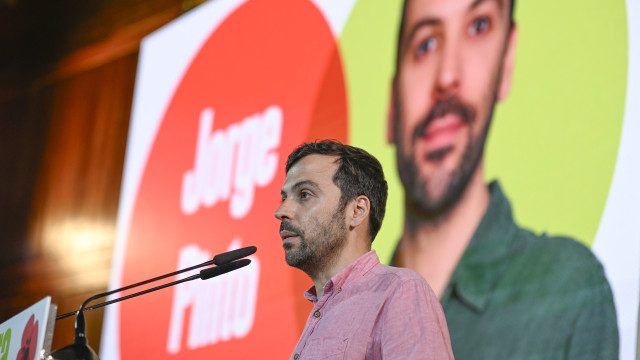
A proposal for a neonatal referral network has been developed by the National Commission for Women’s, Children’s, and Adolescent Health (CNSMCA), appointed in 2024, after consultation with neonatology stakeholders, according to a document published on the Executive Directorate of the SNS (DE-SNS) website, which is open for public consultation until November 19.
Led by pediatrician Alberto Caldas Afonso, the Commission identified “significant regional asymmetries” in the current network, both in the installed capacity (number of beds) and in the level of care differentiation provided.
In response to these disparities, the CNSMCA proposes organizing care into three hierarchical levels, with subdivisions in more differentiated levels, to tailor care to the specific needs of different groups of newborns, especially preterm infants, and ensure integrated care in coordination with other pediatric and medical specialties.
It advocates that highly differentiated neonatal care must be provided in coordination with differentiated obstetric care and emphasizes that “the risks associated with the postnatal transport of severely ill newborns advise that birth should take place in the hospital where all resources for neonatal treatment exist.”
Thus, when prenatal diagnoses of malformations or other serious conditions are made, “all efforts” should be made to ensure the birth occurs at a maternity facility within a tertiary hospital that integrates all required specialties in the same building.
“As a result of the identified regional asymmetries, it will be important to consider the primary, secondary, and tertiary influence areas for each unit, recommending that the response capacity be adequate to the foreseeable demand to avoid frequent constraints in certain segments of the network,” the document states.
The new organization is based on three levels of care.
Level I hospitals should ensure basic neonatal care and have a pediatric service capable of providing suitable care to newborns with a gestational age of 34 weeks or more, with a pediatrician physically present.
Level II hospitals (intermediate care) must handle at least 1,000 births annually and have a Neonatology Unit that guarantees care for newborns with a gestational age of 32 weeks (IIa) and 28 weeks (IIb) or more, as well as for newborns with acute conditions.
In these units, there should be one pediatrician for every three intensive care beds, one for every eight intermediate care beds, and one pediatrician for every 20 basic care beds, in addition to a physician assigned to the neonatal follow-up clinic.
Level III hospitals concentrate “highly differentiated” care for newborns of all gestational ages, including extremely preterm infants and newborns with complex diseases.
These are equipped with advanced technological support, such as high-frequency ventilation and therapeutic hypothermia, and offer permanent access to pediatric subspecialties, functioning as reference and training centers.
In these centers, the document recommends one neonatologist for every two intensive care beds, one for every eight intermediate care beds, and one neonatologist for every 20 basic neonatal care beds, besides a follow-up consultation physician.
The commission highlights that the proposal follows models adopted by several European countries, such as the United Kingdom, France, and Germany, where similar hierarchical structures are associated “with better perinatal outcomes, especially in extreme preterm births.”




